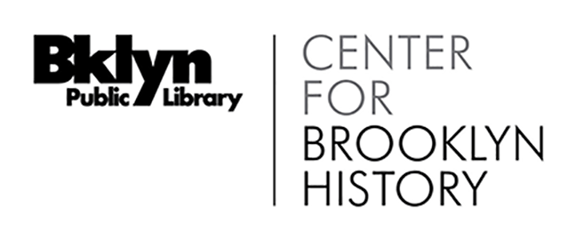John Kissam papers
Call Number
Date
Creator
Extent
Language of Materials
Abstract
The John Kissam papers principally include correspondence and orders to Major Kissam, a Loyalist, concerning the Queens County Militia during the British occupation of New York and Long Island during the American Revolution.
Biographical note
John Kissam (1748-1828) was a farmer in Flower Hill, a village in Queens County (N.Y.) at the time, but which became part of North Hempstead, Nassau County in the twentieth century. During the American Revolution, Kissam was a Loyalist and was given the rank of major in the Queens County Militia on December 9, 1776, during the British occupation of New York and Long Island. On June 30, 1781, he was kidnapped from his home by revolutionaries and taken to Connecticut. He was paroled and then exchanged for another prisoner in October 1781. Back on Long Island, he continued in the militia. Among other services, he oversaw the delivery of wood from Long Islanders at the order of the British authorities. At the close of the war, Kissam left for Nova Scotia, but returned to Long Island by 1786. He was Clerk of the Board of Supervisors of Queens County from 1797 to 1820. He also served as a vestryman in St. George's Episcopal Church in Hempstead and a warden at Christ Church in Manhasset.
Sources
- Onderdonk, Henry Jr. Documents and letters intended to illustrate the revolutionary incidents of Queens County, N.Y. F127.Q3.Q4 v.4, pp. 31-59.
- Kissam, Edward. The Kissam family in America from 1644 to 1826. CS71.C3883, p. 25.
Arrangement
Documents concerning John Kissam, which are the bulk of the collection, are presented first, followed by the Wiggins certificates and the Confederate muster roll.
Scope and Contents
The John Kissam papers principally include correspondence and orders, dating from 1778-1781, to Major Kissam concerning the Queens County (N.Y.) Militia during the American Revolution. The subjects relate mostly to the taking of property, especially wood-cutting; authorization for movements about Long Island and to New York; and meeting troop musters. There are a small number of post-war items concerning Kissam including a receipt book (1787-1806), a statement by a Mr. Hart (likely rector Seth Hart of Christ Church, Hempstead) regarding his financial difficulties (undated), and a referral to Kissam of a candidate for the church at North Hempstead (1823).
The collection also includes election (1865) and discharge (1868) certificates for Corporal Platt (or Pratt) Wiggins from the New York State National Guard. The collection includes the August 1864 muster roll of Company K of the 12th Georgia Infantry Regiment, Confederate States of America.
Subjects
Organizations
Families
Genres
People
Conditions Governing Access
Open to researchers without restriction.
Conditions Governing Use
The material in this collection is in the public domain. While many items at the Center for Brooklyn History are unrestricted, we do not own reproduction rights to all materials. Be aware of the several kinds of rights that might apply: copyright, licensing and trademarks. The researcher assumes all responsibility for copyright questions.
Preferred Citation
Identification of item, date (if known); John Kissam papers, 1974.133, Box and Folder number; Brooklyn Public Library, Center for Brooklyn History.
Immediate Source of Acquisition
Gift of Eleanor Wiggins, April 8, 1959.
Physical Characteristics and Technical Requirements
If digital surrogates exist, they should be used in place of the originals whenever possible.
Separated Materials
Various objects received with the collection were separated from the documents in 1968. These objects included: one rolling pin; one pair of slippers and one beaded bag belonging to Elizabeth Kissam Underhill (1816); penknife; drawings; children's books; dispatch bag from Kamchatka; a nineteenth century fan with ivory handle; and a judge's ribbon from the Queens County Agricultural Society.
About this Guide
Processing Information
The documents in this collection were received by the Long Island Historical Society (now the Brooklyn Historical Society) along with various objects in 1959. In 1968 the documents were separated from the objects and foldered as individual items. At some point, likely around 1996, the items were refoldered by correspondent or subject. In 2012, the collection was described by Larry Weimer. In 2023, the finding aid was revised by Dee Bowers to include the folder headings.
